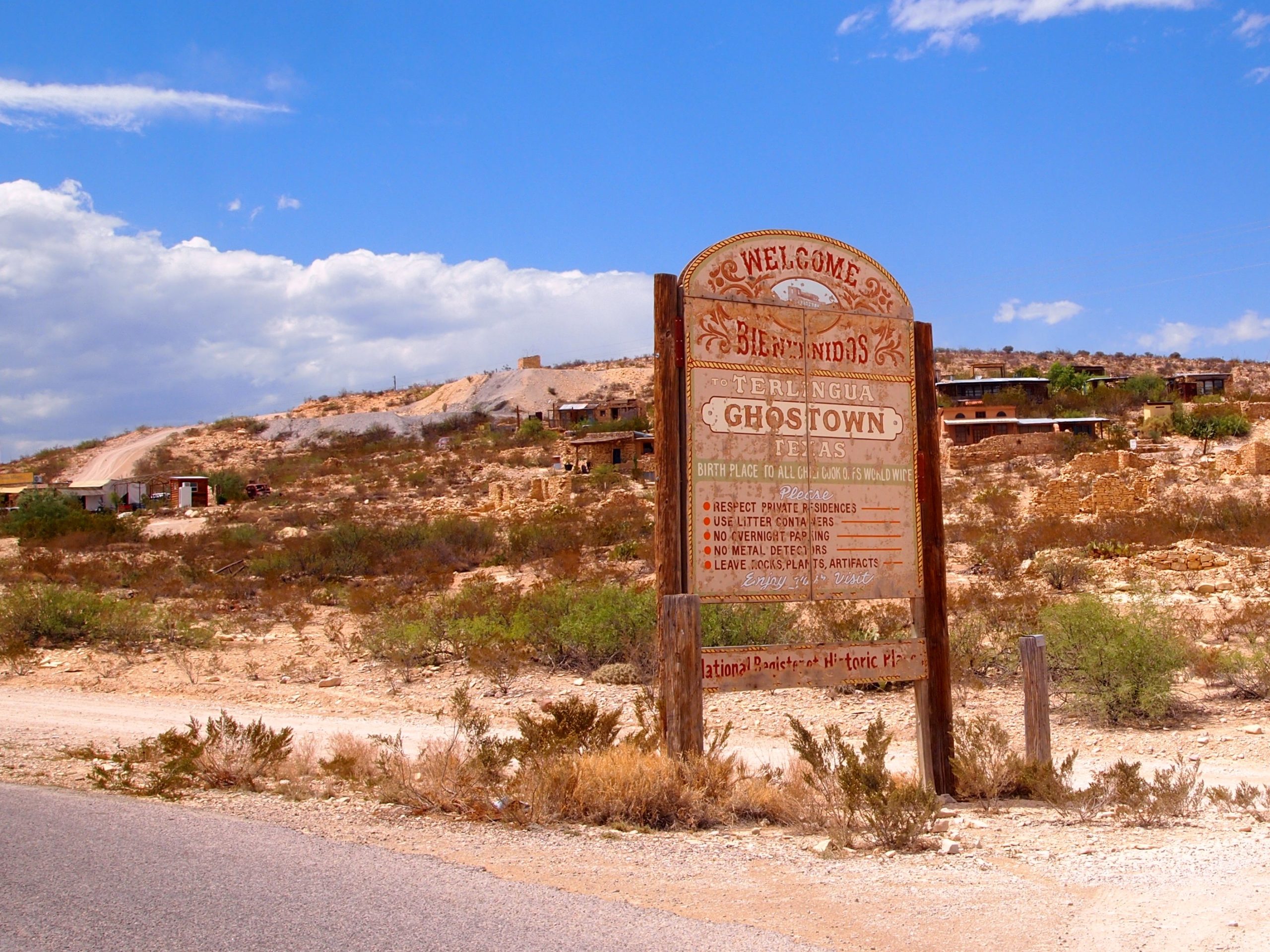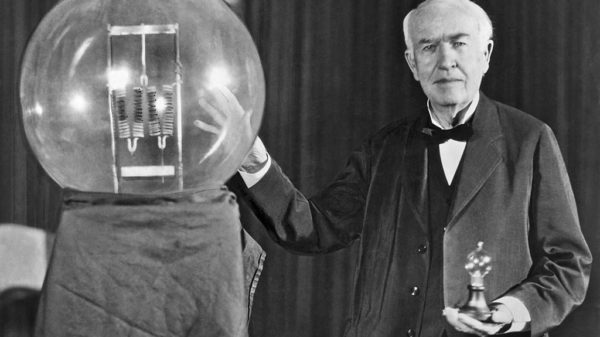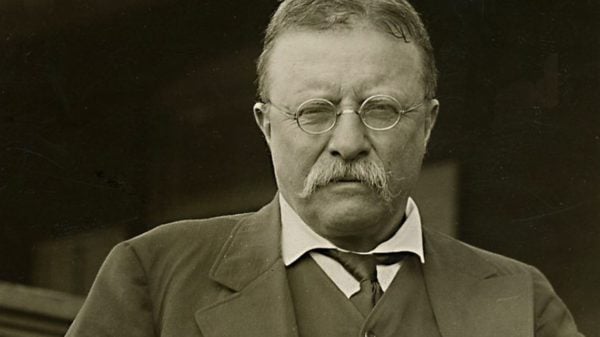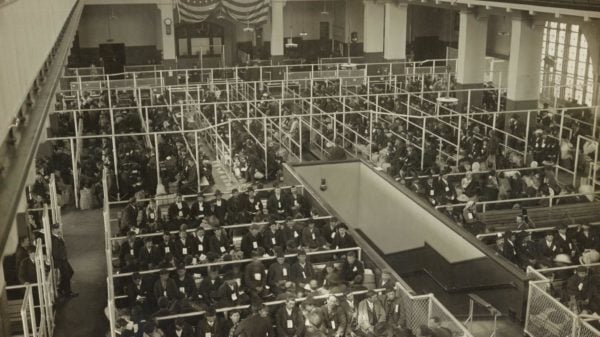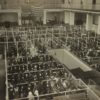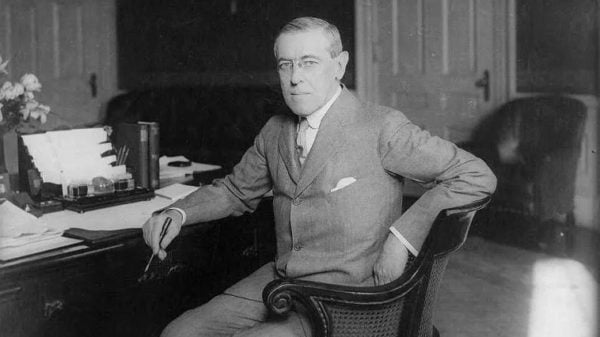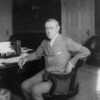Terlingua ghost town is located conveniently in the scenic downtown of Terlingua, Texas. It seems to be almost at the end of the world. This town which is considered to be a ghost town, is a special place, however.
Despite modern conveniences, this location has preserved its spectacularly primitive Texan landscape. The setting for exploration, relaxation, and good times are the ruins of a mining company.
Stop by this one-of-a-kind tourist destination and have a drink. Enjoy the shade of the front porch of the many inns in the city and hang out. You will be going home with numerous stories to tell.
Why is it considered a ghost town?
Terlingua is located deep into Brewster County. It almost edges the Mexican quarter. It is situated between Big Bend National Park and the Big Bend Ranch State Park. It is a relatively small community for residents of the desert. Terlingua used to be known as a mercury mining town back in the day.
In the early 1800s, Terlingua was discovered to have an area that was plentiful of cinnabar. This type of chemical is considered red mercury sulfide, in which mercury is extracted. Because of this, there was an influx of miners to the location. But it wasn’t until the discovery of Jack Dawson and the production of high mercury levels back in 1888 that it drew a small population of 2000. By the early 1900s, there were a total of four mining areas in the location.
The production of cinnabar peaked during the first world war. But by the second world war, mining companies in Terlingua had filed for bankruptcy. Miners began leaving the area and trickling out. By the end of the two world wars, it was already considered to be a ghost town.
But in the 1960s, people began coming back to Terlingua. In 1967, the world’s first Chili Cookoff was held in Terlingua, and it got a second life for the now-famous event. The population in Terlingua is small but vibrant. It is accessible when you head west on Highway 118 out of the Big Bend National Park. Keep in mind that there is another ghost town located 30 minutes away from Terlingua. It is located next to the Rio Grande.
The mining company in Terlingua
A mining company was established back in 1903 at Terlingua called the Chisos mining company. An industrialist from Chicago founded it. This mining company reported their first discovery of quicksilver and became the nation’s leading producer of this substance during the next three decades. In the beginning stages, the company processed the cinnabar. The process is done via the simple baking method. The company then turned to more industrialized methods. The exploration continued, and back in 1914, the factory discovered one of the richest sources of cinnabar in the district of Terlingua. This discovery came hand-in-hand with World War I’s outbreak, and with increasing military demands for the substance, the company entered its most auspicious stage.
Numerous factors contributed to their success. The first is the property contained some of the wealthiest quicksilver in the region. The owner also got the talent of outstanding caliber men to supervise the operations on-site. Thirdly the quicksilver prices began to be in demand during World War. The fourth is the abundance of affordable Mexican labor.
After this promising era, Terlingua lost its luster among investors and developers, but a few people still found value in Terlingua’s gem in modern times. With its rich history and contribution to the war efforts, it is worth visiting.
People make a place and since there are is still a vibrant community in Terlingua that keeps the place alive, it cannot be said that this abandoned place in Texas doesn’t have anything to offer.


